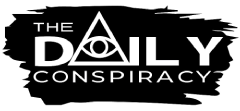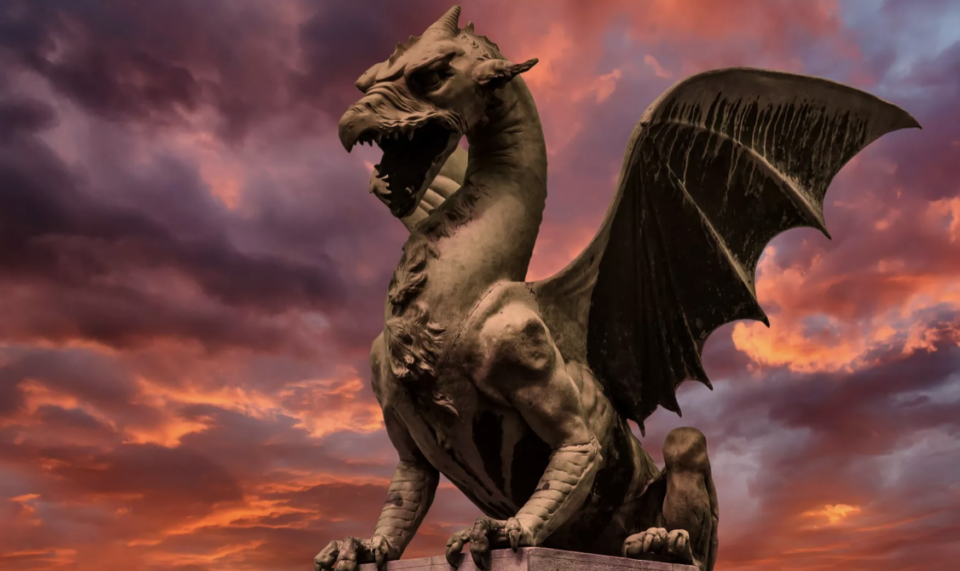Throughout centuries, dragons have maintained their position as one of the most popular and enduring mythological creatures, capturing imaginations across cultures worldwide. Dragon tales have spanned continents, from the Americas to Europe, and from India to China. Their captivating history is woven into various forms of media, from books and films to television shows. However, the origins of dragon stories remain enigmatic, emerging as early as ancient Greek and Sumerian civilizations. These ancient renditions depicted dragons as colossal serpents with the power to crush and destroy with venomous breath.
Dragons’ interpretations shifted as time passed. In antiquity, they were often seen as creatures that could be protective or dangerous. However, with the spread of Christianity, dragons took on sinister connotations, becoming symbols of evil and linked to Satan. The Middle Ages saw dragons intertwined with Christianity, with the Book of Job describing a monstrous creature named Leviathan. These biblical references combined with the discovery of giant bones fueled the belief in the existence of dragons.
Variations in dragon depictions are plentiful. Some dragons possess wings and the ability to breathe fire, while others lack these traits. These creatures manifest differently across cultures, with attributes adapted to fit regional traditions and literary expectations. In modern times, dragons continue to thrive in fantasy literature and films, such as “Game of Thrones” and “The Hobbit.” Despite their mythical nature, dragons remain symbolic and enduring figures that shape cultural narratives and captivate our collective imagination.

